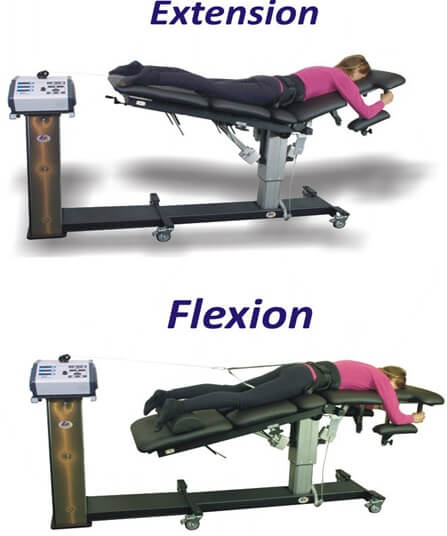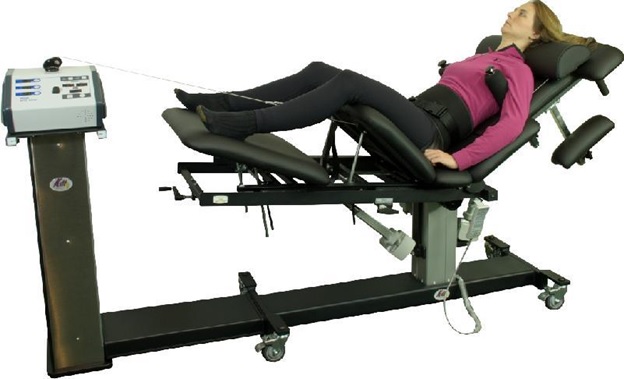Anyone who has back pain or neck pain caused in whole or in part by a damaged disc may be helped by spinal decompression therapy. These conditions include herniated, protruding or bulging discs, spinal stenosis, sciatica or radiculopathy (pinched nerves)Is Spinal Decompression better than other therapies for disc injuries?Scientific research has shown that traction, physical therapy and spinal manipulation may only reduce the disc pressures to as low as 40 mmHg. Only spinal decompression has been shown to actually achieve the negative pressure within the spine needed to cause the vacuum pull needed to heal an injured disc. It has been clinically proven that spinal decompression creates negative pressures as low as -160 mmHg within the disc during the treatment session.
**Ramos G., Martin W., Effects of Vertebral Axial Decompression on Intradiscal Pressure, Journal of Neurosurgery, Vol. 81, No. 3 September 1994.




